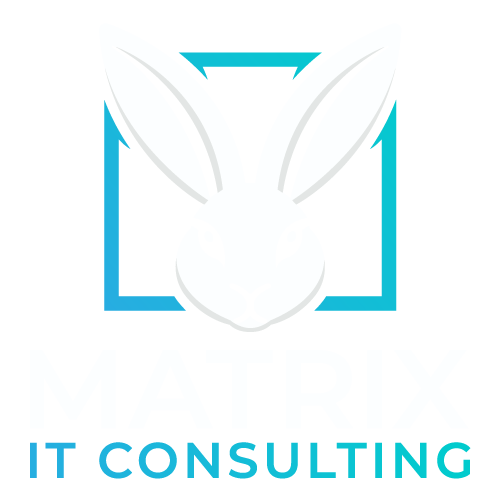
Before we dive too far into the art of parent-child agreements, we first need to take a moment to discuss what an agreement is and how it should be used. ConnectWise PSA agreements are powerful and flexible billing tools that allow your business to manage revenue and services easily and efficiently.
Agreements are essential for structuring recurring revenue models and ensuring accurate billing and service tracking for various IT and MSP-related offerings. Typically, they are used for the following:
- Managed Services – Covering ongoing IT support, monitoring, and maintenance.
- Maintenance Services – Agreements that include periodic updates, patching, and hardware upkeep.
- Software Licensing – Managing recurring licensing fees, such as Microsoft 365 subscriptions.
- Recurring Charges – Handling fixed monthly fees for specific services.
- Time/Amount Limited Services – Agreements that track usage-based billing or pre-paid service hours.
However, many MSPs offer bundled services, such as Managed Services combined with Software Licensing. This creates a challenge when different services have distinct billing structures, cost models, and renewal cycles. This is where parent-child agreements in ConnectWise PSA come into play.
Understanding Parent-Child Agreements in ConnectWise PSA
Parent-child agreements allow MSPs to structure hierarchical agreements where a parent agreement governs the overall contract, while child agreements manage specific service types, costs, or exclusions. This model is particularly useful when dealing with:
✅ Multi-service contracts – Clients that have both managed services and licensing components.
✅ Variable billing structures – When certain services have unique pricing models.
✅ Granular tracking – Ensuring services and associated costs are properly accounted for.
✅ Simplified renewals – Streamlining the renewal process by managing services independently.
How Parent-Child Agreements Improve MSP Operations
1️⃣ Better Billing Transparency – By separating different service components into child agreements, invoices are clearer for both your internal team and your clients. Each service is itemized, reducing confusion and billing disputes.
2️⃣ Easier Service Adjustments – If a client adds or removes a service (e.g., increasing their Microsoft 365 licenses), adjustments can be made to the relevant child agreement without disrupting the entire contract.
3️⃣ Improved Profitability Tracking – By breaking down agreements, MSPs can better track margins on individual services rather than having a single, blended cost structure.
4️⃣ Automated Renewals & Adjustments – Parent-child agreements ensure that when a contract renews, the associated services update accordingly, reducing manual effort.
Implementing Parent-Child Agreements: Best Practices
✔ Structure Agreements by Service Type – Keep managed services, licensing, and project-based work separate under the parent agreement for clarity.
✔ Use Consistent Naming Conventions – Label agreements in a way that clearly distinguishes between service categories (e.g., “Client XYZ – Managed Services” and “Client XYZ – Microsoft Licensing”).
✔ Regularly Audit Agreements – Review agreements periodically to ensure billing accuracy and eliminate any outdated or misconfigured service items.
✔ Automate Where Possible – Leverage ConnectWise automation to ensure agreements update dynamically based on service changes, minimizing manual adjustments.
Conclusion: The Power of Smart Agreement Structuring
Using parent-child agreements in ConnectWise PSA allows MSPs to manage complex service offerings with ease, improve billing transparency, and enhance operational efficiency. As your MSP scales, implementing this structure ensures that your billing remains accurate, your clients stay informed, and your services remain profitable.
Need help optimizing your ConnectWise agreements? Reach out to our team today and let’s streamline your MSP operations!





